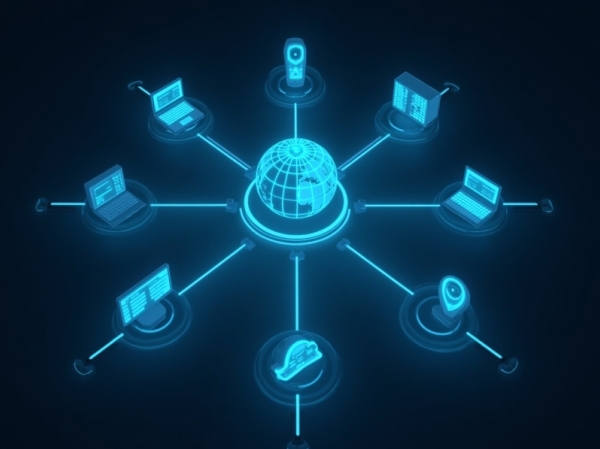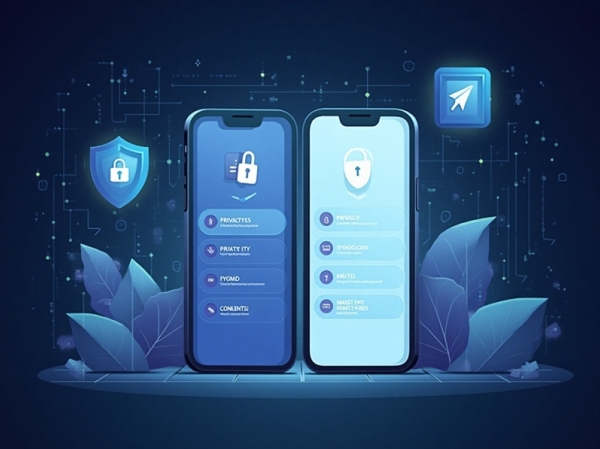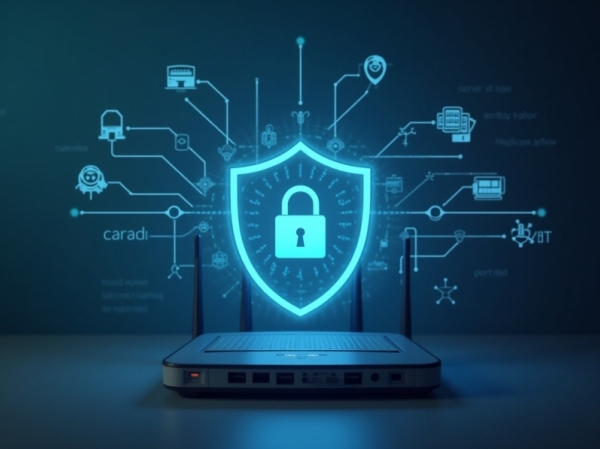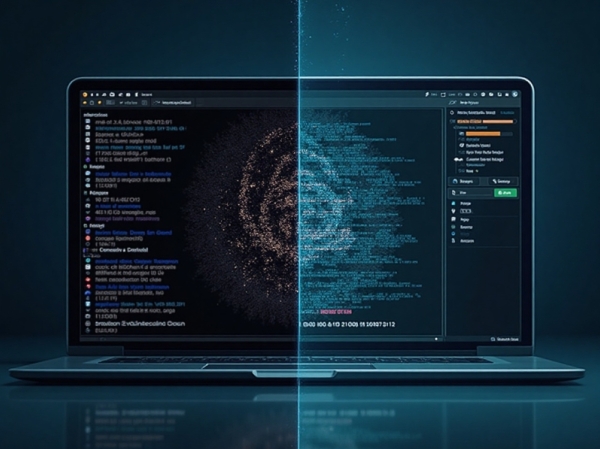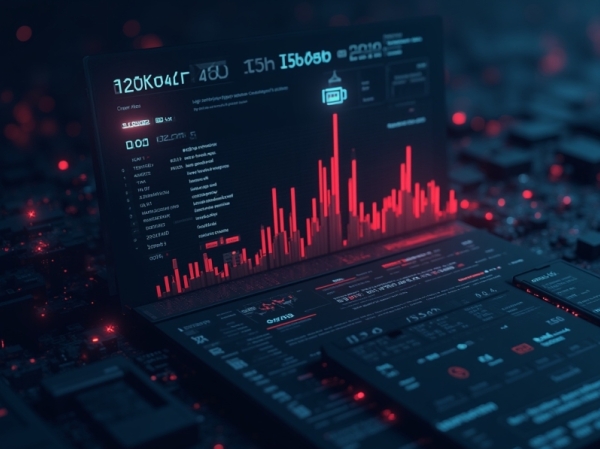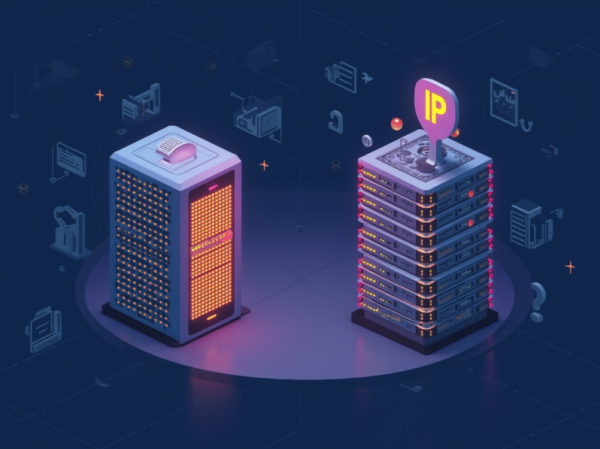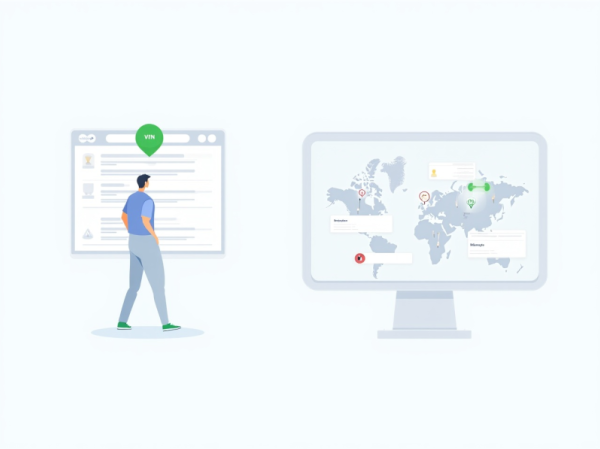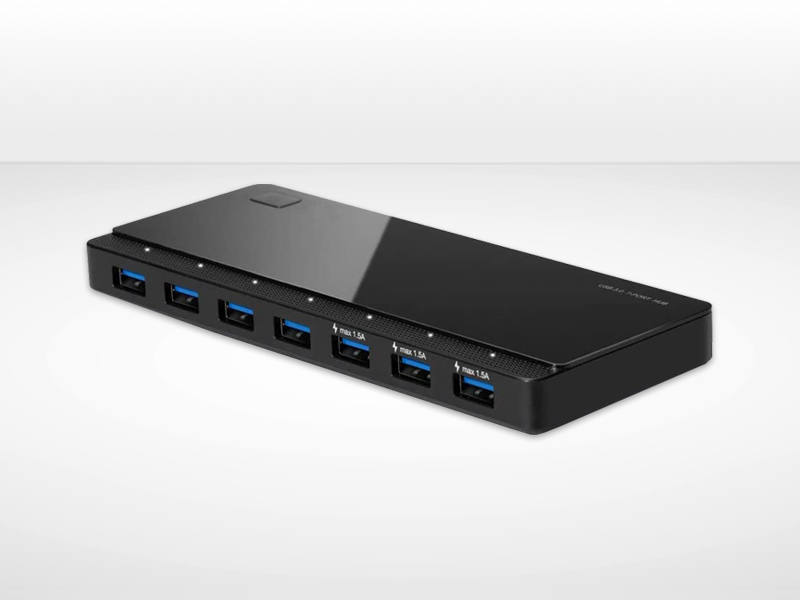Your IP address is:
216.73.216.178
How can I find out my IP? What is my IP?
Cuál es mi IP, a website to find out your IP address turns 18 years old!
This is why we have chosen to completely redesign ourselves to offer a better service to our loyal users who have been trusting us for a long time to find out their IP address.
How to locate my IP geographically?
With this tool, you can geolocate your IP address with the data shared by your internet provider.
How can I hide my IP?
There are many options to hide your IP or to change it and here we explain how each of them works so that you can decide which one suits you best.
Do you need to change your IP address?
If you need to change your IP address, we will explain how to do it and how to check that the change has been done correctly.
What is an IP address?
To put it another way, an IP address is the license plate that identifies our computer in a network. This network can be the Internet itself, or a local network.
An IP address is a number that identifies a computer or device's connection to an internal or external network. Therefore, without an IP address, it is impossible for any device, whether it is a computer, smartphone, or gadget to connect to the Internet.
The IP address is what allows us to receive and send information. This data exchange is done through the Internet Protocol (TCP/IP) which regulates the rules and procedures for connecting devices on the Internet network. IP addresses can be public or private - which is also called local IP address or internal IP address.
A private IP is the one assigned by the router to each of the devices connected to it, while the public IP is the one assigned by our Internet Service Provider (ISP) to connect our router to the Internet.
How can I see my local IP?
If you are running Windows 2000, Windows XP, or Windows Vista, you can run the ipconfig tool from the operating system console to see the local IP of your network connection. (start, run, cmd [accept], ipconfig ...).
On MacOS systems, you can use the networksetup tool to query the IP address of your local network from the terminal by running networksetup -getinfo Wi-Fi or networksetup -getinfo Ethernet depending on whether you want to query the IP address of your WiFi network or that of your network cable.
What is the difference between a public IP address and a private one?
A private IP address is the one that individually identifies any of the devices connected via Wi-Fi or through an Ethernet cable to our router, forming a local network. In this local network, there may be devices connected to the Internet and others that are not.
Public IP addresses are the ones that the Internet server assigns to our router and identifies us in the network so that our connected devices can receive and send information.
What is the difference between an IPv4 and an IPv6 protocol?
The two current versions of IP protocols are IPv4 and IPv6, which diverge from each other in the number of IP addresses they support and their identification format.
IPv6 is the newest protocol and responds to the needs of an increasingly connected society with billions of devices requesting access to the Internet. The addresses of this version are composed of 128 bits, which multiplies almost to infinity the number of addresses that can be generated, about 340 sextillions, compared to the 43 billion of IPv4, currently almost exhausted due to the exponential multiplication of devices connected thanks to the Internet of Things (IoT).
An IPv6 network is identified through a hexadecimal combination of 8 groups of 16 bits each. The three leftmost fields of the address contain the site prefix, the next is the subnet ID and the four rightmost fields identify the interface ID.
The IPv4 address is divided into four groups of numbers or octets of 8 bits each, with digits between 0 and 255. Depending on whether it is an IP address for large networks, medium-sized networks, or for home use, the first group of octets, the first two or the first three, respectively, are used to identify the network, while the remaining groups, three, two or one, depending on the case, correspond to the device identifier.
Why do I need to know my IP address?
If I know my IP address I will be able to use any Internet service I want on any of my devices. We need it to configure servers, FTP, or games, for example, since our IP acts as a source of data that identifies us to the provider.
You can find out your IP address using our query tool.
Which one is better for me, a dynamic or static IP address?
An IP address can be dynamic or static depending on who assigns it and for what purpose. Choosing one or the other will depend on our connection and network accessibility needs.
Dynamic IP addresses are mostly assigned by Internet operators to their customers and are used to browse the Internet regularly. These IP addresses are not permanent. They are usually deleted after each session is closed or change automatically at indefinite intervals (when a device disconnects from the network, the IP is released and another interface receives it). This type of dynamic IPs contributes to our privacy since they make it more difficult for websites to track us as they change. However, this dynamism can sometimes make the connection more unstable. The configuration of dynamic IPs on the network is done automatically through DHCP servers, without the user having to intervene.
A fixed or static IP address, whether a public IP or a private IP, does not change and is the one most commonly used, for example, by companies, institutions, or organizations to always ensure accessibility to their websites and web applications. A fixed IP allows its owner exclusive control of the address, without anyone else being able to use it, thus favoring the deployment of network services that require this type of configuration. However, not all operators offer this type of IP, and if they do, the service usually costs an additional fee. Static IPs must be configured manually, and therefore require advanced knowledge to do so.
What is the difference between IP addresses and MAC addresses?
MAC addresses are unique 48-bit identifiers assigned to the NIC card by the manufacturer. The IP address, on the other hand, is a number assigned to the connection on a network. The main difference between IP addresses and MAC addresses is that the latter uniquely identifies a device that wishes to join a network.
What Are the Risks of Sharing Your IP Address with Third Parties?
Your IP address is one of the key identifiers used when you connect to the internet. While it may look like a string of numbers, it can expose a lot of information: your approximate location, your ISP, and your browsing habits if you're not careful.
What Is an IP Address and Why Is It Valuable? An IP address (Internet Protocol) is a unique number assigned to your device when you connect online. It helps route data between your device and others.... Read more







